A Stainless Steel (SS) SW/FNPT/BSPT Y Strainer is a high-quality filtration device designed to remove solid particles and debris from fluids in piping systems. Constructed from stainless steel, it offers excellent corrosion resistance, durability, and suitability for high-pressure, high-temperature, and corrosive environments. The strainer features Socket Weld (SW), Female National Pipe Thread (FNPT), or British Standard Pipe Taper (BSPT) connections, making it versatile for various industrial applications.
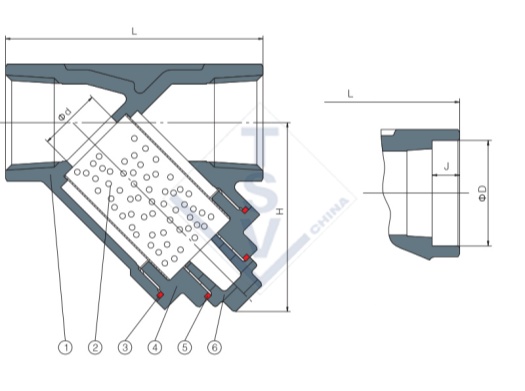
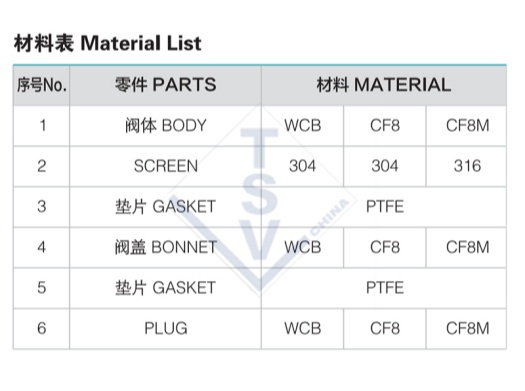

Products Details:
Size: 1/4"~3"(DN6~DN8)
Working Pressure: 800WOG(PN50)
Material: WCB, CF8, CF8M, CF3, CF3M
Working Temperture: -20℃~180℃
Investment Casting
Thread End: ASME B1.20.1(NPT); DIN 259/DIN 2999; BS21; ISO 288-1; ISO 7-1
Socket Werd End: ASME B16.11
Key Features:
-
Stainless Steel Construction:
-
Made from high-grade stainless steel (e.g., 304 or 316), providing superior corrosion resistance and durability.
-
Ideal for use in aggressive environments, such as chemical processing, marine applications, and food and beverage industries.
-
-
Y-Shaped Design:
-
Features a Y-shaped body that allows for efficient filtration with minimal pressure drop.
-
The design provides easy access to the filter screen for cleaning or replacement.
-
-
Connection Types:
-
Socket Weld (SW): Provides a strong, leak-proof connection for high-pressure systems.
-
Female National Pipe Thread (FNPT): Offers easy installation in threaded piping systems, commonly used in North America.
-
British Standard Pipe Taper (BSPT): Suitable for threaded connections in European and Asian markets.
-
-
Filtration Mechanism:
-
Utilizes a stainless steel mesh or perforated screen to capture debris, rust, and other solid particles from the fluid.
-
The screen is available in various mesh sizes to suit different filtration requirements.
-
-
Applications:
-
Commonly used in chemical processing, oil and gas, water treatment, food and beverage, and pharmaceutical industries.
-
Suitable for filtering liquids, gases, and steam in high-pressure, high-temperature, and corrosive environments.
-
-
Advantages:
-
Protects downstream equipment (e.g., pumps, valves, and meters) from damage caused by debris.
-
Reduces maintenance costs and downtime by preventing clogging and wear.
-
Durable and reliable in extreme operating conditions.
-
Easy to install, clean, and maintain.
-


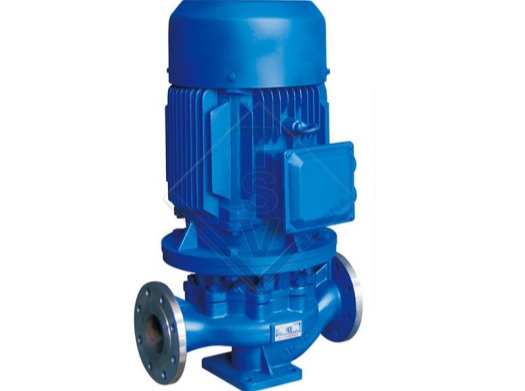
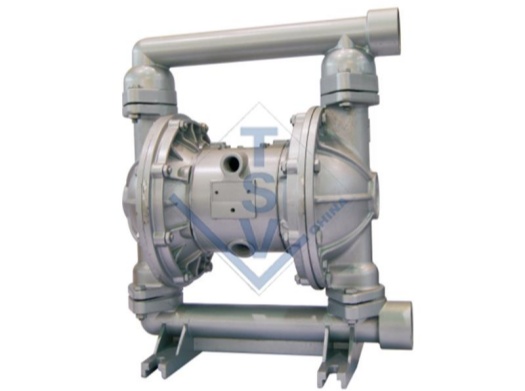
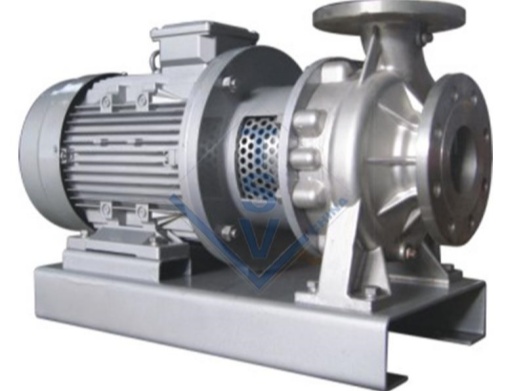
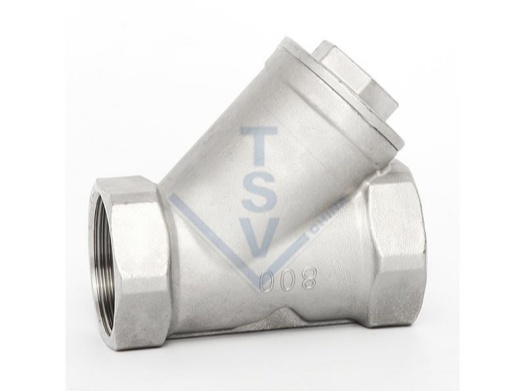
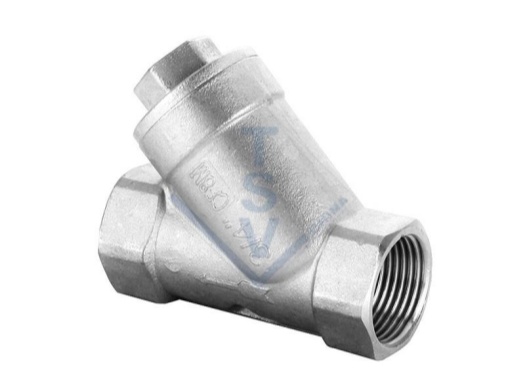
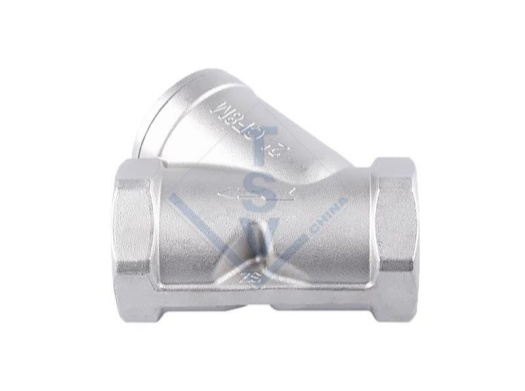
 Request a Quote
Request a Quote